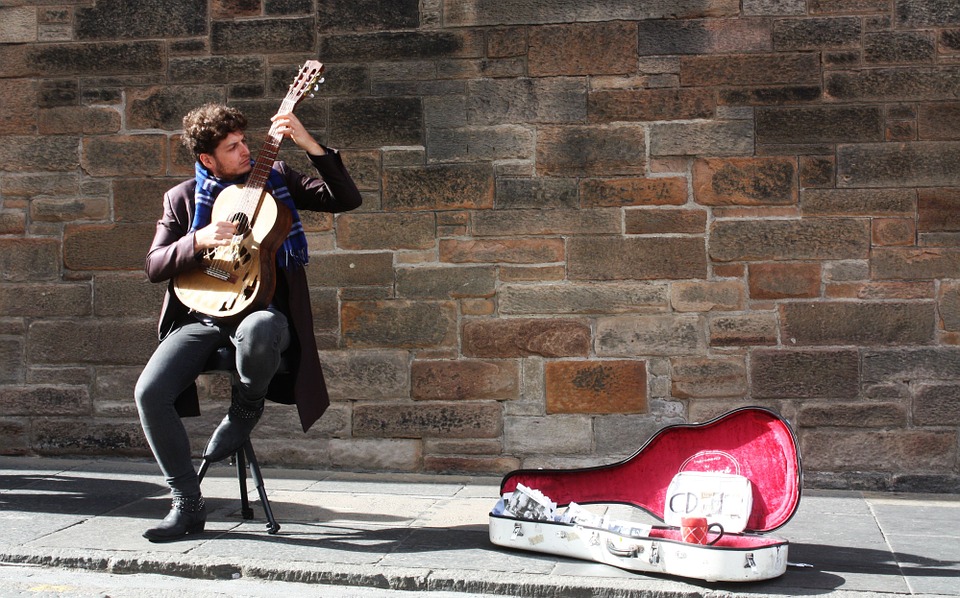What do you think of when you hear the phrase ‘creative city’? London, perhaps, with its world-famous theatre district, art galleries, and museums. Or maybe Milan and its status as the fashion capital of the world. Or perhaps even Singapore, a boldly modern city-state where smart urban design defines the very skyline.
But what about Edinburgh? With a population of around half a million people, it may be easy to forget about, but with several million visitors every year and its status as the top cultural city in its population group in Europe, it would be a crime to ignore it as a major creative city.

Recently, I was one of those millions of people who visited Edinburgh. I was simply awed by all it had to offer as a city; its nightlife, its music scene, its galleries, museums, and architecture. The atmosphere, the very soul of the city, managed to weave the past and future together in such a seamless way that it defied all expectations. This city, I thought, screamed creativity.
That atmosphere manifests itself in a city that ticks all of the boxes for what traditionally defines a world-class creative city. An internationally renowned university? Tick. A vibrant student culture to go along with that? Tick. A widely celebrated music scene? Tick. A culture that fosters grassroots filmmaking? Tick. A unique and truly global annual festival that celebrates culture and creativity in all its forms? Tick. The list is endless. It really is no surprise that despite its small size, Edinburgh is regarded not only as one of the cultural centres of Europe, but of the world.

So yes, Edinburgh is a profoundly creative city by all conventional definitions. But what really sets it apart from other creative cities is its progressive approach to how it defines its own creativity. You see, Edinburgh not only places importance on the overt, obvious features that traditionally define a creative city, but also on the things that aren’t generally thought of as belonging to a ‘creative’ space: things like airports, railways, broadband infrastructure, and a successful financial sector.
It’s important to remember that the criteria that have been traditionally used to identify creativity and creative cities are ones that have been defined and suffocated by a neoliberal political structure that has desperately tried to quantify and categorise what ‘counts’ as creative and what doesn’t. This is most apparent in what the UK government has deemed as creative sectors: IT, Gaming, Music, Crafts, Film, TV, Design, Fashion, Publishing, Architecture, Advertising. It isn’t that these industries aren’t creative (of course they are), it’s that by categorising what constitutes creativity in such an official capacity, creativity runs the risk of being ‘boxed off’ and stifled in such a way that anything that falls outside of these categories can be dismissed as ‘not creative’.
Edinburgh’s success comes from recognising that creativity – true creativity – is not only found in these overt, easily quantified and identifiable political categories. Yes, Edinburgh is a city with all the traditional hallmarks of a creative hub. But it is also a city that is, and recognises that it is, deeply connected to the rest of the world without losing its own cultural identity. It is a city that not only prospers, but shares its prosperity with its residents through investment and continued growth.
Edinburgh is not only a shining example of what a creative city is by traditional standards, but of what a creative city can be when those old, and frankly tired, definitions are transcended.
All images taken from Pixabay and licensed under the Pixabay License.
